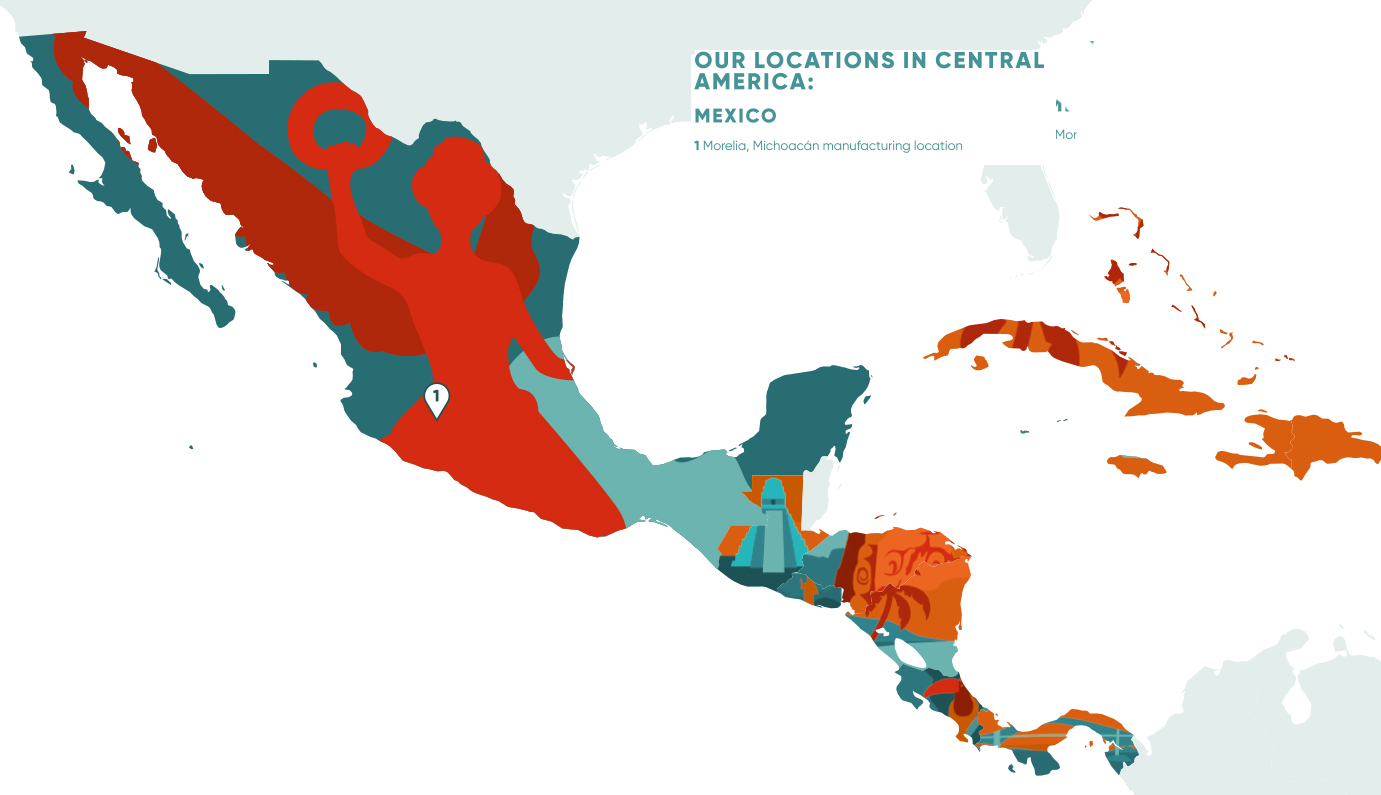Mexico, Central America, and the Caribbean
Hydropower installed capacity (2022): | 20.85 GW | |
Generation by hydropower (2022): | 60 TWh | |
Capacity added (2022): | 34 MW | |
|
Countries: 32
Mexico, Guatemala, Belize, El Salvador, Honduras, Nicaragua, Costa Rica, Panama, Lucayan Archipelago, Greater Antilles, Lesser Antilles, Windward Islands, and Leeward Antilles
Population: 222.14 Million

Hydropower installed capacity (2022): | 20.85 GW | |
Generation by hydropower (2022): | 60 TWh | |
Capacity added (2022): | 34 MW | |
|
Mexico, Central America, and the Caribbean region have seen an increase in the development of hydropower, representing a major shift towards renewable energy sources to increase energy security and reduce dependence on fossil fuels. This transition is in line with global efforts to combat climate change and achieve the Sustainable Development Goals. As a clean and abundant source of energy, hydropower plays a crucial role in diversifying the energy mix and addressing the challenges associated with climate change.
The region's rich water resources are ideal for the development of hydropower, which represents a sustainable alternative to fossil energy sources. By harnessing the power of rivers and water bodies, the countries of Mexico, Central America, and the Caribbean can not only meet their growing energy needs, but also reduce the environmental impact associated with fossil fuel power generation.
Moreover, modernizing the existing hydropower fleet is becoming a focal point in meeting new energy demands and achieving climate goals. Aging infrastructure and outdated equipment pose a challenge to maximizing the efficiency of hydropower generation. Government-owned and private companies are investing in the modernization and retrofitting of existing hydropower facilities to improve performance, increase capacity, and optimize environmental performance.
The trend of modernization includes the integration of advanced technologies such as smart grids, synchronous condenser systems, digital monitoring systems, and innovative turbine design. These upgrades not only improve power generation, but also contribute to grid stability and facilitate the integration of intermittent renewable energy sources such as solar and wind. This makes the modernized hydropower fleet a cornerstone in building a resilient and adaptable energy infrastructure for the future.
